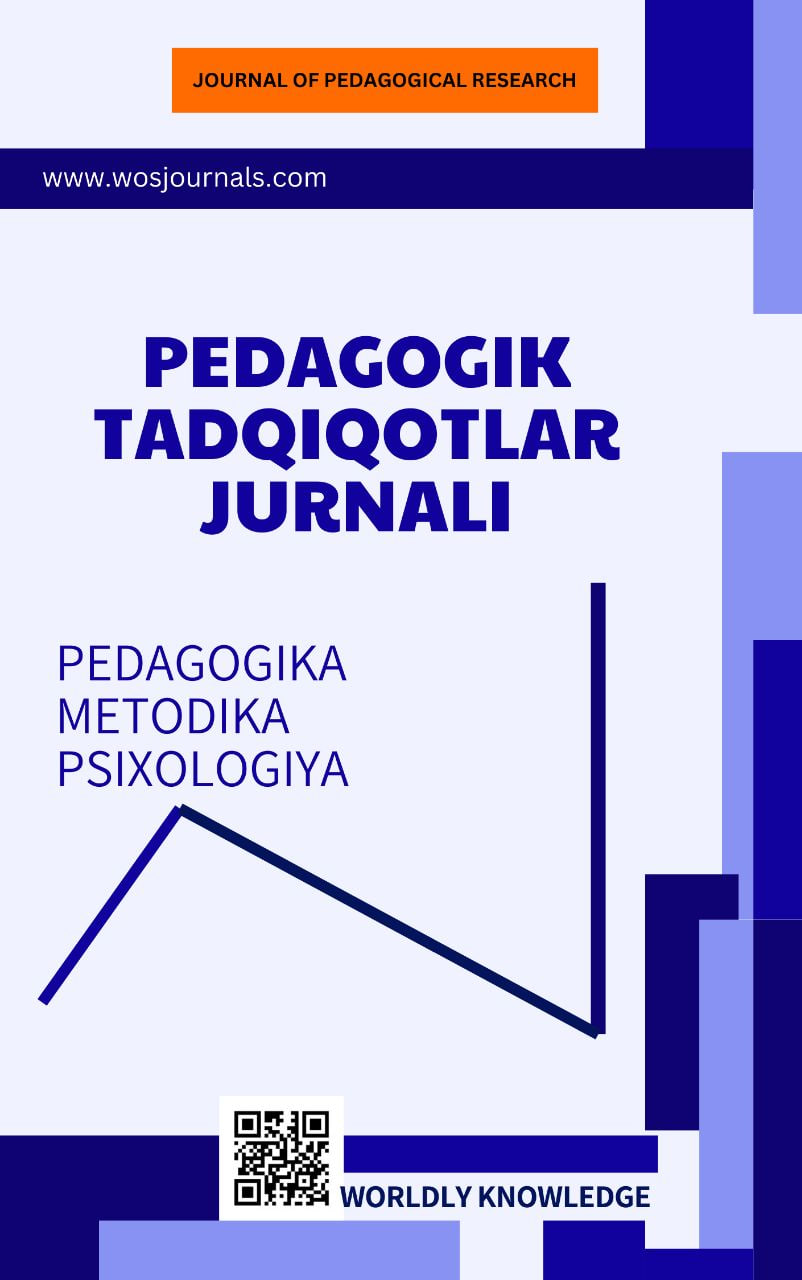The impact of Technology on Language Learning
Keywords:
xAbstract
The advent of technology has significantly transformed various facets of life, and education is no exception. Among the myriad ways technology has influenced education, its impact on language learning stands out as particularly profound. The intersection of technology and language learning has opened up new possibilities and methodologies that were previously inconceivable. From the advent of digital dictionaries to the sophisticated use of artificial intelligence (AI) in personalized learning apps, technology has revolutionized how we acquire new languages. This transformation has made language learning more accessible, interactive, and effective, thereby reshaping traditional educational paradigms.
References
Benson, P. "Teaching and Researching: Autonomy in Language Learning." Routledge. (2011), pp. 45-67.
Chapelle, C. A. "Computer Applications in Second Language Acquisition: Foundations for Teaching, Testing, and Research." Cambridge University Press. (2001), pp. 112-138.
Dudeney, G., & Hockly, N. "How to Teach English with Technology." Pearson Education. (2007), pp. 23-47.
Egbert, J. "CALL Essentials: Principles and Practice in CALL Classrooms." TESOL Publications. (2005), pp. 92-110.
Garrett, N. "Technology in the Service of Language Learning: Trends and Issues." The Modern Language Journal. (2009), 93(s1), pp. 697-718.
Godwin-Jones, R. "Emerging Technologies: The Evolving Roles of Language Teachers." Language Learning & Technology. (2011), 15(1), pp. 2-9.
Graham, C. R., & Duffy, T. M. "Transforming Learning: Theories and Practices." Springer. (2012), pp. 123-145.
Hampel, R., & Stickler, U. "New Skills for New Classrooms: Training Tutors to Teach Languages Online." Computer Assisted Language Learning. (2005), 18(4), pp. 311-326.
Healey, D., & Johnson, N. "The Essentials of Computer-Assisted Language Learning (CALL)." TESOL Press. (2012), pp. 77-96.
Hubbard, P. "An Invitation to CALL." CALICO Journal. (2009), 27(2), pp. 361-368.
Kern, R. "Perspectives on Technology in Learning and Teaching Languages." TESOL Quarterly. (2006), 40(1), pp. 183-210.
Levy, M. "Technologies in Use for Second Language Learning." The Modern Language Journal. (2009), 93(s1), pp. 769-782.
Lord, G., & Lomicka, L. "Calling on CALL: From Theory and Research to New Directions in Foreign Language Teaching." The Modern Language Journal. (2011), 95(s1), pp. 609-611.
Motteram, G. "Innovations in Learning Technologies for English Language Teaching." British Council. (2013), pp. 55-74.
Pennington, M. "The Power of CALL." Athelstan Publications. (1996), pp. 88-105.
Reinders, H. "Digital Games and Second Language Learning." Language Learning & Technology. (2012), 16(1), pp. 1-9.
Stockwell, G. "Mobile Learning: Transforming the Delivery of Education and Training." Athabasca University Press. (2010), pp. 111-128.
Thorne, S. L. "Internet-Mediated Interaction and Second Language Learning: The Emergence of Complexity, Fluency, and Accuracy." CALICO Journal. (2006), 23(3), pp. 553-556.
Warschauer, M., & Healey, D. "Computers and Language Learning: An Overview." Language Teaching. (1998), 31(2), pp. 57-71.
White, C. "Distance Learning of Foreign Languages." Language Teaching. (2006), 39(4), pp. 247-264.
Young, S. S.-C. "Integrating ICT into Second Language Education in a Vocational High School." Journal of Educational Technology & Society. (2003), 6(3), pp. 141-142.
Zhang, Y. "Technology in Language Learning: An Overview." Journal of Language and Linguistic Studies. (2009), 5(2), pp. 93-104.
Zhao, Y. "Recent Developments in Technology and Language Learning: A Literature Review and Meta-Analysis." CALICO Journal. (2003), 21(1), pp. 7-27.
Zheng, B., & Warschauer, M. "Epistemological Beliefs and Practices in Language Learning: Technology as an ‘Actor’ in the Mediation of Agency." Language Learning & Technology. (2015), 19(3), pp. 89-105.
Ziegler, N. "Expanding Use of Online Learning Tools for the New Generation of Language Learners." Annual Review of Applied Linguistics. (2016), 36, pp. 85-99.





